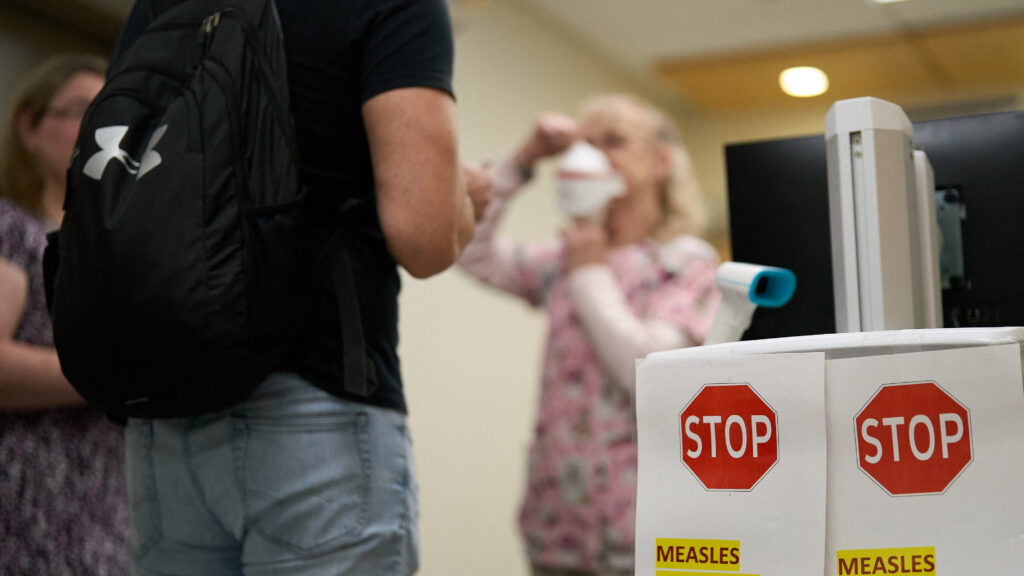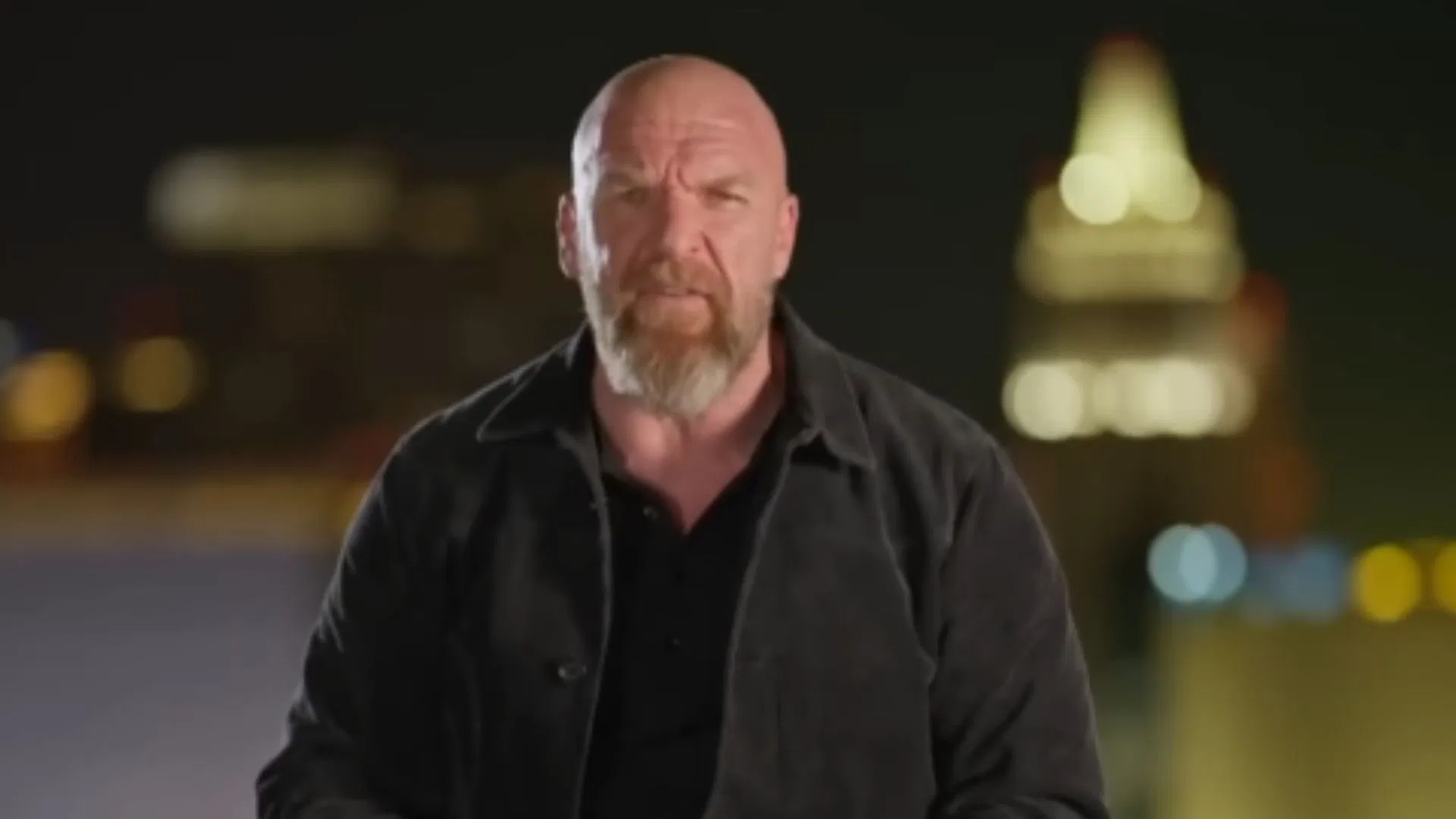Copyright STAT

The Americas — North, Central, and South — is the only region of the world that has ever managed to stop endemic transmission of measles. But that hard-won victory against the highly contagious virus is on the verge of being rolled back. This week an expert committee of the Pan American Health Organization (PAHO) is meeting in Mexico City to study measles transmission data from the region. Canada’s massive — by contemporary standards — and long-running measles outbreak is almost certain to trigger a finding that the country’s, and thus the entire region’s, status as having eliminated measles has been lost. Advertisement Though largely symbolic, losing measles elimination status will smart for the country, which had stopped ongoing measles transmission for more than a quarter century. Canada was declared measles free in 1998; the United States followed two years later, in 2000. There is perhaps a remote chance the committee — known as the regional verification commission for measles, rubella, and congenital rubella syndrome — will need additional data before reaching a conclusion. But two things are quite clear: The Canadian outbreak, though slowing dramatically, has not stopped, and the virus strain associated with this outbreak has now been transmitting in Canada for more than a year. “It’s still going on,” Natasha Crowcroft, Canada’s acting chief public health officer, told STAT in an interview last week. “We’re not surprised by that. It’s obviously disappointing.” Advertisement Measles-free countries are always at risk of having the virus introduced from elsewhere, in a sick tourist or traveler; that alone does not lead to the loss of measles elimination status. But if such a spark ignites a chain of transmission that extends for 12 months, the virus is considered to be endemic, meaning the country is no longer deemed to be measles-free. Loss of measles elimination status in one country in a region results in the entire region losing elimination status. Daniel Salas, executive manager of the special program for comprehensive immunization at PAHO, didn’t want to prejudge the commission’s deliberations. “We’re going to listen to what Canada is going to show, all the evidence, all the research that they have done, investigations of cases and all of that,” he said in an interview. But experts who have been following the situation and understand the complexities of controlling measles outbreaks believe the writing is on the wall. “I would say elimination status for the region is probably at risk,” said Paul Rota, who retired as chief of the viral vaccine-preventable diseases branch at the Centers for Disease Control and Prevention in May, and who serves on the regional verification commission for measles, rubella, and congenital rubella for the World Health Organization’s Western Pacific region. (PAHO is one of the WHO’s six regional offices.) “That’s my expectation of the outcome of that meeting, unfortunately,” Sarah Wilson, deputy chief of communicable diseases control at Public Health Ontario, told STAT. Ontario, Canada’s most populous province, has recorded nearly 2,400 measles cases this year, all but 54 of which were part of the ongoing national outbreak. Ontario believes transmission there has stopped; its outbreak was declared over on Oct. 6. Canada overall has recorded more than 5,100 confirmed and probable measles cases in 2025, and two deaths of babies born with congenital measles who were infected in utero. The country hasn’t seen this scale of measles transmission in decades. Advertisement “It’s tremendously disappointing,” said Lynora Saxinger, an infectious diseases specialist at the University of Alberta. “I never in my life thought I’d see a massive measles outbreak in Canada. Most of my career in [infectious diseases], there’s been 10 cases a year or less.” The outbreak began in October 2024, when someone infected abroad attended a wedding in New Brunswick, in eastern Canada. From there, the virus has spread across nine of Canada’s 10 provinces and to the Northwest Territories. Saxinger is not alone in being surprised by the size of the outbreak, though details of where infections are happening help to put the number of cases and the vast geographic spread into context. Like the measles outbreak earlier this year in West Texas, the lion’s share of the Canadian cases have occurred among members of close-knit religious communities that eschew contact with the wider world — homeschooling their children and seeking medical care only if it’s urgently needed. Public health officials have been hesitant to name the groups, for fear of further alienating them and undermining efforts to gain their help to control spread. But in a memo to Ontario medical officers of health last spring, the province’s Chief Medical Officer of Health Kieran Moore reported that cases were being disproportionately seen in Mennonite, Amish, and other Anabaptist communities. “I think this has been one of the challenges of this outbreak,” Wilson said. It’s been “a bit of a balancing act between communication about where the outbreak is occurring, the populations at risk, but balancing that with a very real risk of stigmatization of communities. And especially communities in which local public health units are really trying to … build and regain trust.” Many members of these communities, which are found in pockets across the country, are under-vaccinated or unvaccinated. There had been no cases of measles reported within these communities in Ontario since before Canada achieved measles elimination status in 1998, Wilson said, meaning the pool of susceptible people was large and included adults as well as children. That has been evidenced by the fact that 51 of Ontario’s cases were in pregnant people. Advertisement Wilson said she’s seen some people try to characterize the outbreak as a post-Covid phenomenon — driven by the decline in uptake of vaccines for a variety of illnesses that multiple countries have reported in the wake of the pandemic. But she said in this case, the conditions were years in the making. “It really predates Covid by not just many years [but] many decades when you look at the ages impacted,” she said. Rota agreed, noting the same is true of the West Texas outbreak, and a large outbreak in northern Mexico. All three of these outbreaks are believed to be linked. Combined, they have resulted in 28 measles deaths so far this year: 23 in Mexico, three in the United States, and two in Canada. “In some respect, the susceptibility that’s causing the outbreaks now has actually been there for a while, because these are really being fueled by these under-vaccinated populations,” he said. “They’ve been vulnerable for a while. And … the virus got there.” Similar outbreaks have occurred in the region in the past. In 2014, there was a large outbreak among Amish communities in Ohio. An outbreak among orthodox Jewish communities in New York City and nearby counties that started in 2018 brought the United States perilously close to losing elimination status in the autumn of 2019. Should the Americas lose measles elimination status as a result of this week’s meeting, it won’t be for the first time. The region was first declared measles free in 2016, but a large outbreak in Venezuela erased that accomplishment in 2018. Brazil lost its elimination status the following year. Venezuela proved to the regional verification commission that it had stopped endemic spread in 2023. Brazil followed in 2024, allowing the Americas to again claim measles elimination status. Once the current outbreak is extinguished in Canada, the country could regain its measles-free status if it can show the regional verification commission that it has gone 12 months without endemic transmission. Advertisement Crowcroft, who is also the vice president for infectious diseases and vaccination programs at the Public Health Agency of Canada, thinks the end of the Canadian outbreak is in sight. “We’re pretty confident … we’re at the tail end of it.” But as a former member of PAHO’s regional verification commission, she knows that regaining elimination status isn’t a simple process. It’s not enough to claim that transmission has stopped. A country must show that its surveillance systems are robust enough to detect chains of transmission, if they are occurring. Asked if she’s worried about the message that could be sent because a country as affluent as Canada couldn’t stop transmission within a year, Crowcroft reframed the question. “I’m more concerned … that we learn the lessons of this being a reflection of the global situation, and how much we do depend on each other,” she said. “Whether high income, low income, or middle income, wherever, we’re all dependent on each other to get ahead of measles.” Saxinger sees the milestone as a call to action. “I think it’s a big wake-up call. I think we’ve been coasting on luck during a period of drifting vaccine rates for quite a long time now,” she said. “The fact that it’s been really, really difficult to control is just a solid reminder that measles is just really, really hard.”



